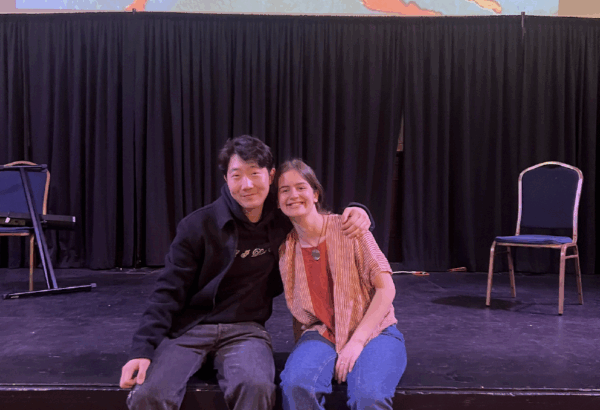Those who contemplate the beauty of the earth find reserves of strength that will endure as long as life lasts. There is something infinitely healing in the repeated refrains of nature — the assurance that dawn comes after night, and spring after winter.
—Rachel Carson, Silent Spring (1962)
Nature Providing Reserves of Strength
Silent Spring, as exemplified by this short except, reminds readers why they would want to respect and work to preserve nature; nature gives us life in so many layered ways. Carson talks about finding “reserves of strength” in the contemplation of natural beauty. By observing and immersing oneself in the outdoors and being aware of perceptions from all of our senses, she suggests that we are adding to our storehouse of strength.
It is such a fascinating thought. I can relate to reawakening images (and if I try harder sounds) from time spent in a natural setting, either the waves of the ocean or a wooded scene with softly singing birds, and feeling stronger afterwards. I wonder though if Carson is also suggesting that there are even subconscious ways that being in nature strengthens us even when we are not fully aware of it.
The Healing Rhythms of Nature
Beyond strength, however, Carson says here that nature heals through the “repeated refrains” of each day and each season. The rhythms of nature, the “assurance” that we will not be stuck in night or winter forever, helps us develop trust and helps us to persevere.
After a year like 2020 where we’ve experienced so much change and so much disappointment, the rhythms of nature seem particularly reassuring. This idea that even with so much deviation from the norm that some things remain constant, is indeed comforting.
Control vs. Surrender
Yet it also reminds us of the struggle of humans to control nature. This thought can be both overwhelming and reassuring depending on our perspective. COVID 19 is a virus that has seemed out of human control. We have rallied to study it, to manage it and with vaccines on the horizon, to protect ourselves from it, but it emerged some might say “naturally” and proceeds in its own set course. Like Hurricane Katrina, we were surprised by it and it has been a natural disaster. At the same time, it has revealed inequities and consequences of poor leadership. Our lack of perceived control over the spread of a virus that scientists and public health experts tell us is within our power to control is frustrating.
Silent Spring was written as an invective against DDT, a pesticide that was developed during WWII to kill mosquitos bearing deadly diseases like malaria and typhus. It was also used in the wake of WWII for agriculture and to keep bugs out of US homes. Carson observed that, in trying to control nature, we were bringing other more deadly problems. DDT was eventually banned because though it did kill “pests”, it killed many other parts of the ecosystem as well, making the harm outweigh the good.
So, while there are aspects of nature that we cannot control. Aspects that we may fear. There are natural rhythms that according to Carson can bring healing. The fact that we do not have to control the rising of the sun or the falling leaves or the birds flying south gives peace. We can surrender, knowing that we do not have to coordinate these things, they are bigger than human coordination. Making sure we do not disrupt these patterns through human pollution, we can live harmoniously within the gentle patterns that nature sets to bound our days and our season. In essence, we can allow nature to keep time.




